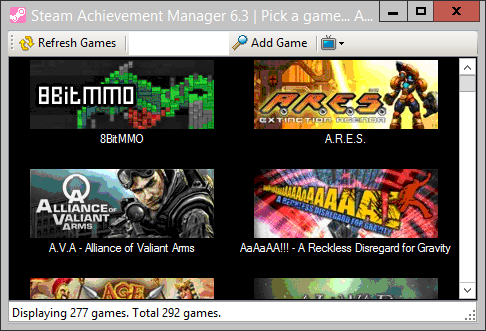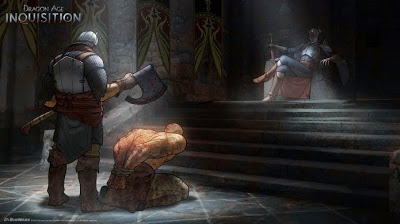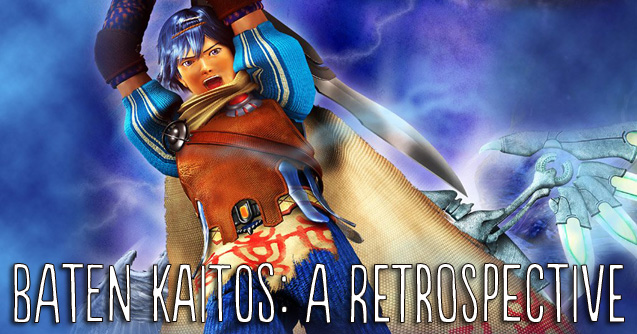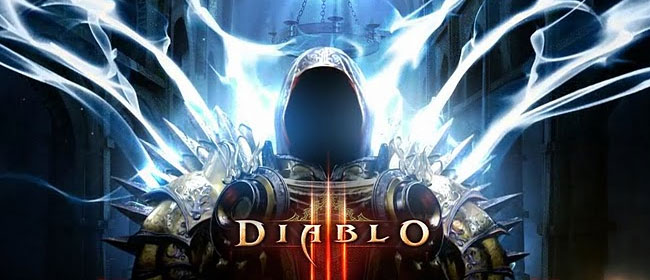

Sony-owned developer Naughty Dog has historically stuck to developing one franchise of games per console generation. They had Crash Bandicoot for the original PlayStation, the Jak series for PS2, and on current-gen systems they’ve seen mighty success with Nathan Drake and the Uncharted games. Sneaking one more title in before the PS4 hits the market, Naughty Dog’s The Last of Us is a brand new IP exclusive to Sony.
How does The Last of Us compare to Uncharted and is it a worthwhile current-gen investment? Read on for our review.
The Last of Us builds on many of the core pillars of Naughty Dog’s last three releases, especially when it comes to attention to detail in the level design as well as wonderfully rendered and animated characters, but everything from the story and style of play to the weapon mechanics and enemy types are vastly different. The Last of Us isn’t a fast-paced adventure with a joyous story. That’s not to say it’s not fun. It’s a different kind of experience, one where players feel tension, confusion, shock and sometimes, misery, and are rewarded for surviving through it. And the only reason it works is because of how well realized its protagonists are.
The story begins with an outbreak in late 2013. There’s panic and anarchy, and all of a sudden its 20 years later. Whatever the source of the pandemic is or was doesn’t matter; the world and remaining few people who reside in it are forever changed. In The Last of Us, players are taken along an epic journey with Joel and 14 year-old Ellie. They are the stars of the game and their relationship is so genuine that despite their extraordinary situation, gamers won’t help but feel for them, think like them and do everything in their power to assist them. It’s a testament to the brilliant writing and performances, arguably the best we’ve ever seen in a video game. It’s that fact, combined with polished gameplay and a highly realized world that make The Last of Us one of the best games on current-gen consoles, despite its flaws.
The third-person gameplay of The Last of Us crosses several genres. It’s a linear, story-driven game by design with areas to explore and puzzles. More often than not, players will find themselves simply moving, traveling from one place to the next and scouring abandoned buildings for critical resources. There’s an RPG element at play where the player can loot weapons, equipment or materials to craft or upgrade them. It’s a practical system that plays into the idea of scavenging to survive. Workbenches and tools are required to craft holsters or permanently improve weapons, and rare training manuals can improve their effectiveness. To craft items, equip different weapons in the limited holsters or apply first aid, Joel needs time to stop, take off his traveling pack, and take out what’s required.
The other crucial gameplay elements are found in combat encounters which can – and often should – be avoided by opting for the stealth option. The most useful feature, and the most video gamey, is the character’s ability to listen through walls and thereby see exactly where enemies are. That description may make the skill seem out of place but it’s essential to playing the game in a non-shoot-em-up way – and it actually works well with the stealth mechanics. Whether or not players choose to avoid conflict however, it’ll find them regardless and by nature The Last of Us is an extremely violent game.
Stealthily creeping up behind infected or humans to take them down lethally is animated in a way that emphasizes how brutal killing is. The game uses the environment in takedowns, so when not strangling, giving someone the blade or stomping their head, the player character may be smashing an enemy’s face onto a desk or into a wall. An equal level of unapologetic violence is displayed when entering full-on melee combat with objects found in the game, from bricks and bottles – which can also be used to distract enemies – to axes, bats and metal pipes, etc., many of which can be upgraded by taping on some scissor blades for a few extra one-hit kills before the tool begins to degrade and become unusable.
The melee system is impressive and very intuitive to control. The same goes for the gunplay which has been refined from the Uncharted series with much improved weapon mechanics, albeit different mechanics with slower-firing weapons. With the scarcity of ammunition and more realistic focus on the action front, shootouts are more calculated and intense. Every bullet literally counts and shots cannot be wasted.
The Last of Us really is about survival in every sense of the word and what people are willing to do to help others or help themselves overcome the worst physical and emotional situations. The violence – much of the time in self-defense – isn’t out of place here, and in the established world where food and resources are hard to come by, killing is sometimes a means to survive. The infected, in their various forms, are not the only enemy at play. They’re a part of the background that is sometimes unavoidable. It’s the humans element, and the relationships formed, that defines Naughty Dog’s latest and greatest.
For a linear game, players may occasionally find themselves not exactly knowing where to go. The character(s) may know the answer, but the player controlling them may not. It’s one of the issues carried over by Uncharted and the solution usually involves a ladder. Moving ladders, planks and large bins is a repetitive part of the game, but each scenario is different enough that it works, and the character dialogue makes the drawn out sections enjoyable and interesting.
The Last of Us is not a fast-paced action game, but players must be quick to react if they draw the attention of armed bandits or infected hordes. While stealth gameplay is the preferred choice, there are quicktime events and plot moments where players are forced into a skirmish and the AI, both enemy and friendly, isn’t always up to the job. Friendly AI frequently walks in the line of sight of enemies, sometimes even bumping into them, to no effect. They’ll even speak at full volume in moments where silence is necessary to avoid the horrifying Clickers – infected who can “see” via sonar. I even had Ellie walk into an explosive trap after Joel told her to avoid it. Enemy AI on the other hand, occasionally has difficulty traversing or observing, sometimes with them running in circles or back and forth bumping into each other, and it allows them to be exploited. It’s not common and in the later sections of the game, doesn’t seem to be an issue at all.
The focus of the game is on its meaty single-player campaign that can run upwards of 15 hours, even more for players looking to replay in new game plus mode, but The Last of Us also features online multiplayer. There are two modes, Supply Raid and Survivors, and each features four vs. four combat under different conditions. Supply Raid gives each team a shared pool of respawns whereas in Survivors players are out for good when they die but have a chance to be revived when downed. The gameplay is naturally slower paced than traditional competitive third-person action games and draws from the single-player survival elements, meaning players need to scavenge goods across the map to craft items, while playing stealthily.
There are some changes to certain mechanics from single-player to online play however, as players are limited in how long they can use their ability to listen for enemies through objects, but they can tag them for allies to see. Players can fully customize their look and their loadouts for multiplayer and there’s an ongoing progression system that’ll give them skills or skill boosts, along with a meta game that sees players growing their own clan of offline characters that play into special objectives they may try to complete while playing online. It works and there’s fun to be had across the two modes, but its limited, arguably unnecessary, and may not have a lasting appeal for most players. Think of it as bonus content for gamers who want to enjoy the mechanics with others.
Many of the themes and situations are the tropes of post-apocalyptic and zombie fare, but The Last of Us does it better than all the others. The narrative and characters to the gameplay and level design, combined with mindblowing presentation values, all help raise the bar from what players should expect from narrative-driven video games. Releases of this level of quality are hard to come by and Naughty Dog deserves applause for crafting this epic. It’s not only a contender for game of the year, but a contender for the best game to release on the PlayStation 3.
___
The Last of Us is a PS3 exclusive and releases June 14, 2013.
Follow Rob on Twitter @rob_keyes.




 Top 20 Mind F*ck Screenshots in Video Games
Top 20 Mind F*ck Screenshots in Video Games Baten Kaitos: A Retrospective
Baten Kaitos: A Retrospective An Argument For Diablo 3 As A Console Game
An Argument For Diablo 3 As A Console Game Battlefield 3 Beta Tips and Tricks
Battlefield 3 Beta Tips and Tricks Forge TV: Razer can replace Smart TVs and consoles - Hands-on test
Forge TV: Razer can replace Smart TVs and consoles - Hands-on test